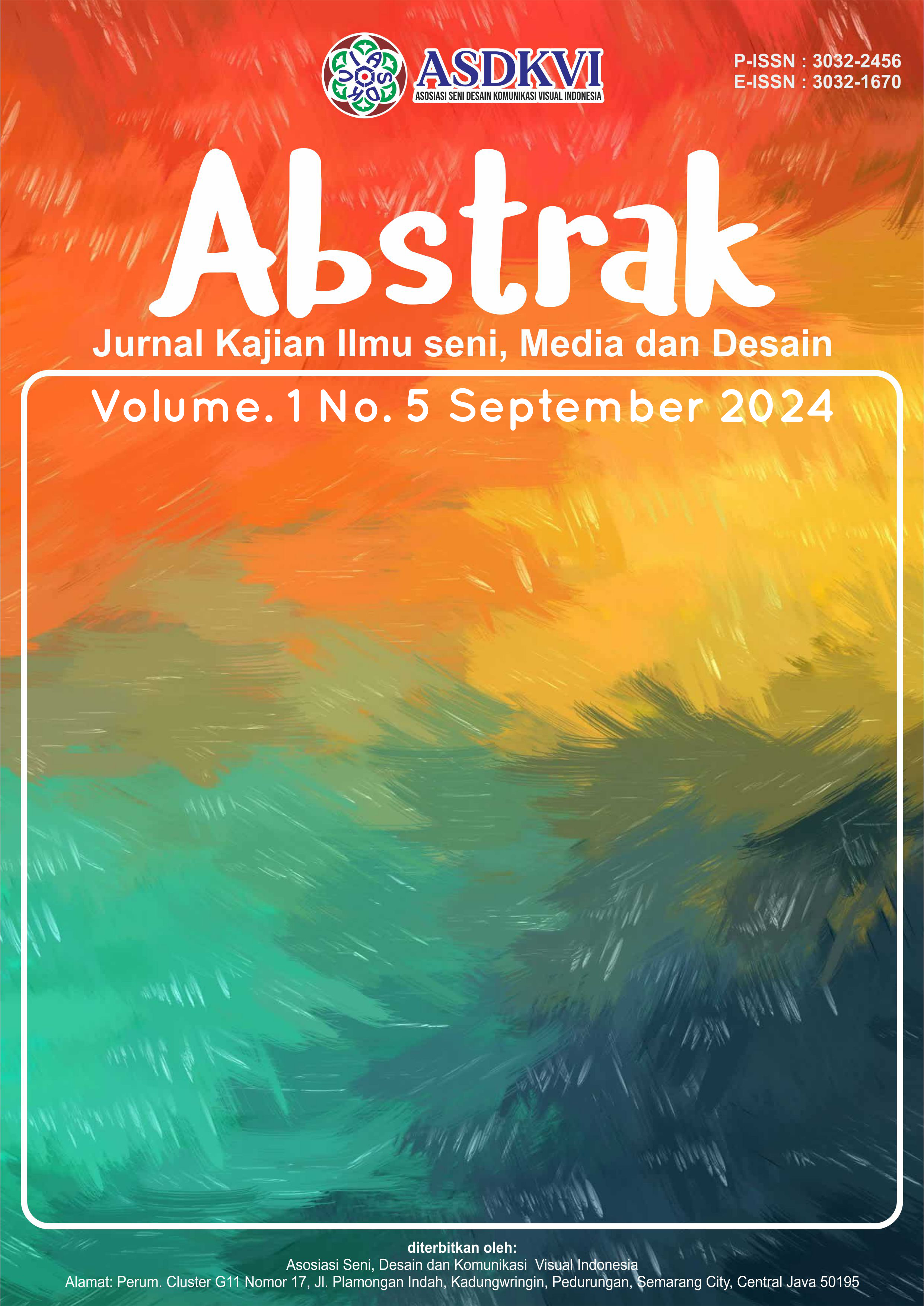Meningkatkan Kemampuan Menari (Tari Piring) melalui Metode Tutor Sebaya di Kelas VII 7 di SMPN 16 Padang
DOI:
https://doi.org/10.62383/abstrak.v1i5.289Keywords:
Improve, Dance (Plate Dance), Peer TutorAbstract
This study aims to determine the learning outcomes of the practice of plate dancing in class VII.7 at SMP 16 Padang. This type of research is "Classroom Action Research". The research instrument is the researcher himself and is assisted by supporting instruments such as stationery and cameras. This research was carried out in 2 cycles with the stages of planning, implementation, observation and reflection. Data were collected through literature studies, observations, interviews and documentation. The data was analyzed using the percentage formula. The results of the study show that the implementation of learning plate dance practice with the application of the peer tutor method can improve student activities and learning outcomes. In the first cycle, there are the results of the group practice test, each group still has its group members who have not reached the completion score. In the first cycle, students obtained an average of 71.4 with a fairly good category. With the details of students who got a complete score of only 14 people equal to (46.8%) and students who did not complete it also 18 people were equal to (56.2%). In this second cycle, students obtained an average of 83.4 in the very good category. With details of students who got a complete score as many as 30 people equal to (93.7%) and 2 people equal to (6.2%) who have not received a complete score. The peer tutor method has proven to make it easier for teachers because of the help of peer tutors. With this method, students who are initially afraid or reluctant to ask the teacher will feel more comfortable asking the tutor, who is their peer, thus increasing their confidence. For students who play the role of tutors, this method is an opportunity to train themselves, responsibility, and patience. In the application of this method, students are divided into several groups, each guided by one tutor.
References
Amador, J. A., & Mederer, H. (2013). Migrating successful student engagement strategies online: Opportunities and challenges using jigsaw groups and problem-based learning.
Arisma, A., Syeilendra, S., & Kadir, T. H. (2014). Meningkatkan Hasil Belajar Rekorder dengan Metode Tutor Sebaya di Kelas VIII. 1. SMPN. 1 Patamuan Kabupaten Padang Pariaman. Jurnal Sendratasik, 3(3), 1-12.
Chaplin, J. P. (2000). Kamus Lengkap Psikologi. Jakarta: Rajawali.
Hawkins, A. M. (2003). Bergerak menurut kata hati. Metode baru dalam menciptakan tari, diterjemahkan oleh I Wayan Dibia. Jakarta: Ford Foaundation dan Masyarakat Seni Indonesia
Nasution, S. (1990). Asas-asas Kurikulum. Bandung : Jemmars
Soedarsono. (1978). Tari-tarian Indonesia I. Jakarta: Balai Pustaka.
Suanda, E., dan Sumaryono. (2006). Tari Tontonan : Buku Pelajaran Kesenian. Nusantara, Jakarta: Lembaga Pendidikan Seni Nusantara.
Sugiyono. (2016). Metode Penelitian Kuantitatif, Kualitatif dan R&D, Cetakan ke-24. Bandung: Alfabeta.
Surakhmad, Winarno. (1990). Pengantar Penelitian Ilmiah Dasar Metode Teknik. Bandung: Tarsito.
Trianto. (2010). Model Pembelajaran Terpadu. Jakarta: Bumi Aksara.
Winkel, W.S. (1987). Psikologi Pengajaran. Jakarta : Gramedia.
Downloads
Published
How to Cite
Issue
Section
License
Copyright (c) 2024 Abstrak : Jurnal Kajian Ilmu seni, Media dan Desain

This work is licensed under a Creative Commons Attribution-ShareAlike 4.0 International License.





